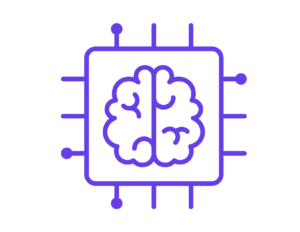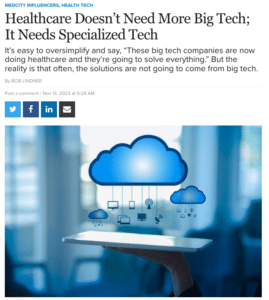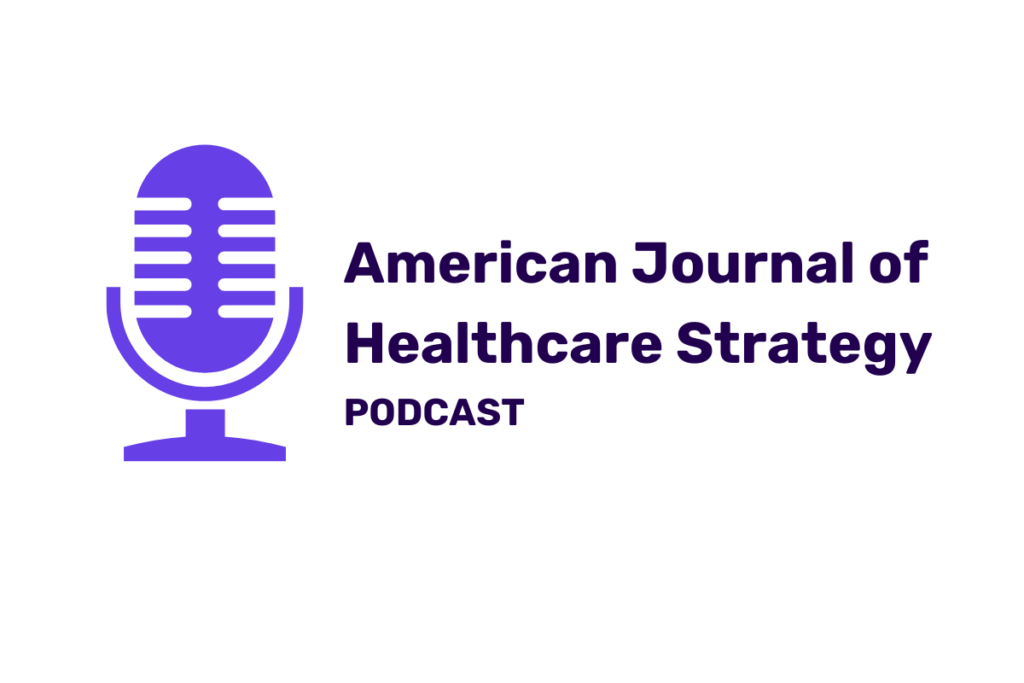Independent Audit Says Veda’s AI Precision Exceeds 90%, Solving Ghost Networks and Payer Network Attestation Challenges
MAY 6, 2024 – MADISON, WI – Veda, a leading health technology company specializing in provider data solutions, announced today that it has achieved third-party validation from the prestigious Erdős Institute, an independent organization of university PhDs advancing the fields of Data Science and Machine Learning.
Following a blind independent review of Veda’s AI-powered data curation engine—the backbone of its product stack—Erdős Institute researchers found highly accurate provider directory data with certain accuracy scores exceeding 90 percent for critical information like addresses, locations, and phone numbers.
By facilitating accurate provider directory data, as mandated by the No Surprises Act, validation of Veda’s proprietary curation and machine learning methodologies represents a pivotal milestone in Veda’s journey towards fostering greater transparency and accountability in payer data solutions.
“As skepticism surrounds AI tools in healthcare, validation from the Erdős Institute underscores Veda’s commitment to leading the market with ethical and reliable solutions,” said Meghan Gaffney, Co-Founder and CEO of Veda. “While outdated methods for maintaining accuracy and compliance continue to fail, Veda is proof positive that automation is an effective and necessary approach to supporting health plan members who rely on provider directories to find care.”
A rigorous analysis by Erdős not only demonstrates Veda’s commitment to AI excellence but also sheds light on the prevalent issue of ‘ghost networks,’ or inaccurate provider directories. Yale Law and Policy Review found between forty-five and fifty-two percent of provider directory listings had errors, with some individual plans having error rates as high as ninety-eight percent.
Increased pressure on state and federal lawmakers to protect seniors from surprise medical bills and improve access to mental health treatment has spurred a wave of bipartisan legislation seeking to hold commercial and Medicare Advantage plans accountable.
In a crowded marketplace of payer solutions, the independent validation from Erdős sets a new benchmark for accuracy and compliance.
“Our blinded study found that Veda’s data-driven automation is capable of producing accurate provider data quickly and efficiently,” said Roman Holowinsky, PhD, Managing Director of the Erdős Institute. “Automated, real-time provider datasets like Veda’s can greatly benefit the market and save users a lot of time over manual attestation or intervention.”
To access a copy of the whitepaper, please visit vedadata.com/case-studies/erdos-white-paper-vedas-ai-precision-exceeds-90.
About Erdős Institute:
The Erdős Institute is a multi-university collaboration focused on helping PhDs get jobs they love at every stage of their career. Founded in 2017, the Institute helps train and place a diverse pool of PhDs through boot camps, workshops, mini-courses, consulting opportunities, and direct employer connections. For more information, visit www.erdosinstitute.org.
About Veda:Veda blends science and imagination to solve healthcare’s most complex data issues. Through human-in-the-loop Smart Automation, our solutions dramatically increase productivity, enable compliance and empower healthcare businesses to focus on delivering care. Veda is simple to use and requires no technical skills or drastic system changes, because we envision a future for healthcare where data isn’t a barrier—it’s an opportunity. To learn more about Veda, visit vedadata.com.








